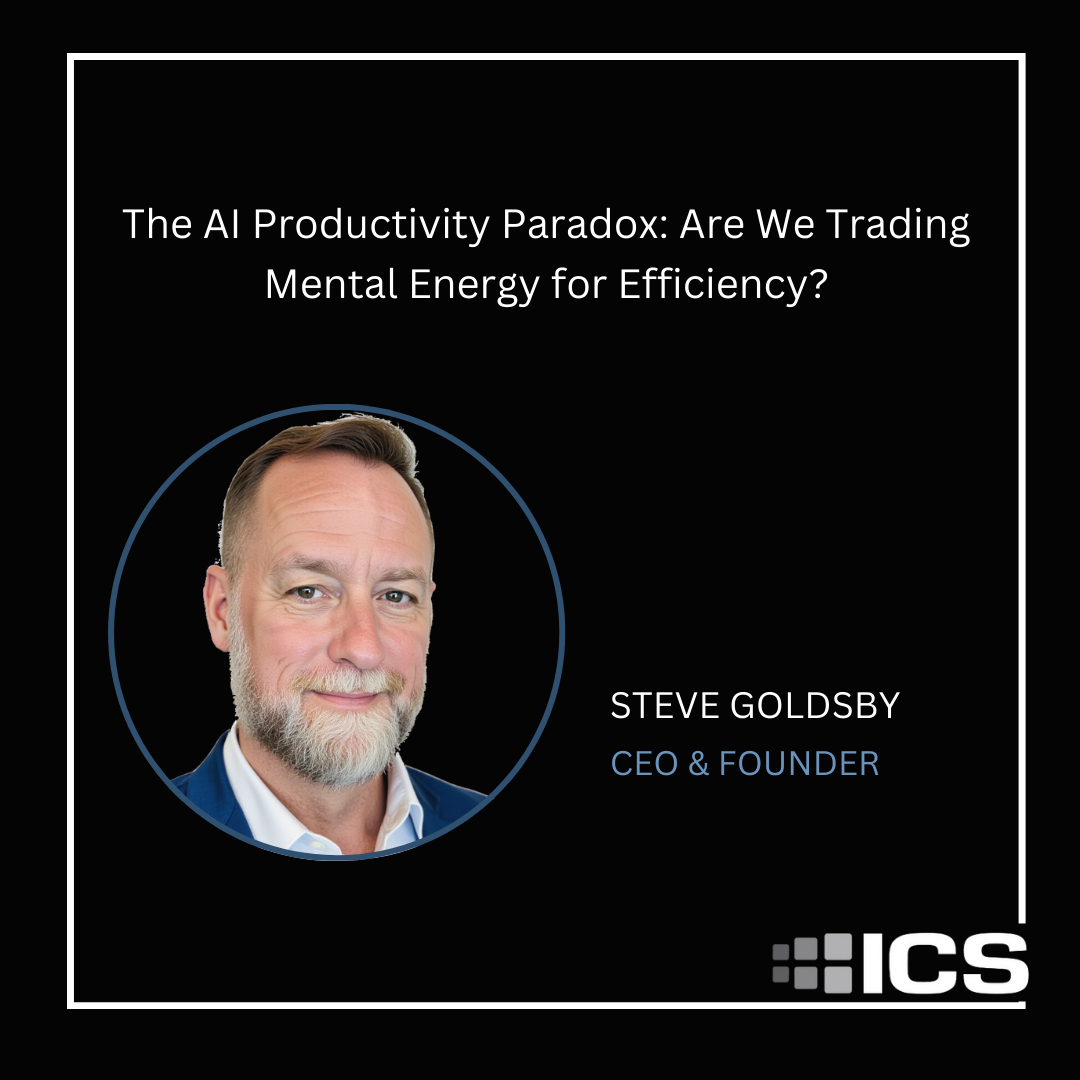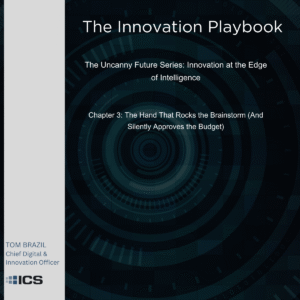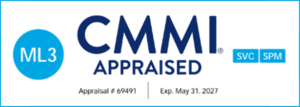Like many businesses, we’ve embraced AI tools across our operations, seeing remarkable gains in cost reduction, quality improvement, and speed of delivery. The metrics are unbelievable – we’re seeing 5x to 50x improvements in cost, quality, and speed depending on the task. But we’ve begun to notice something interesting: while we’re getting more done than ever, we’re mentally exhausted much earlier in the day.
I use AI daily to develop and refine ideas into action plans for our business. It excels at helping me rapidly iterate through decision trees, exploring possibilities I might not have considered otherwise. However, each AI suggestion requires intense mental focus to evaluate – should we exploit this idea or discard it? While I can now complete a full day’s worth of ideation in just an hour, the cognitive load is so intense that I need a 10–15-minute break every hour to reset and refresh my mental capacity (see https://pmc.ncbi.nlm.nih.gov/articles/PMC6851887/).
This got me thinking about the hidden cognitive demands of human-AI collaboration. When working with AI, we’re constantly context-switching, reviewing outputs, making strategic decisions, and ensuring quality – all at a pace that wasn’t possible before. Our brains are processing more information and making more critical decisions per hour than they did in the pre-AI workflow.
It’s like the difference between driving a regular car versus a high-performance vehicle on a complex curving back road. Sure, you can cover more ground faster, but driving it demands more focus and energy. The same is true for our AI-augmented workday – we’re operating at unprecedented speeds, but the mental energy requirements have scaled up accordingly.
This isn’t a criticism of AI adoption. The productivity gains are transformative. Our ability to capture corporate and human knowledge in trained AI agents we can democratize throughout the business is helping everyone. But perhaps it’s time we think hard about optimizing not just for productivity, but for sustainable cognitive performance. Should we be thinking about “mental energy management”? How do we balance these incredible efficiency gains with the need for mental recovery time?
Would love to hear your experiences. Have you noticed similar patterns in your AI-enhanced workflows? How do you maintain mental freshness while leveraging these powerful tools?







